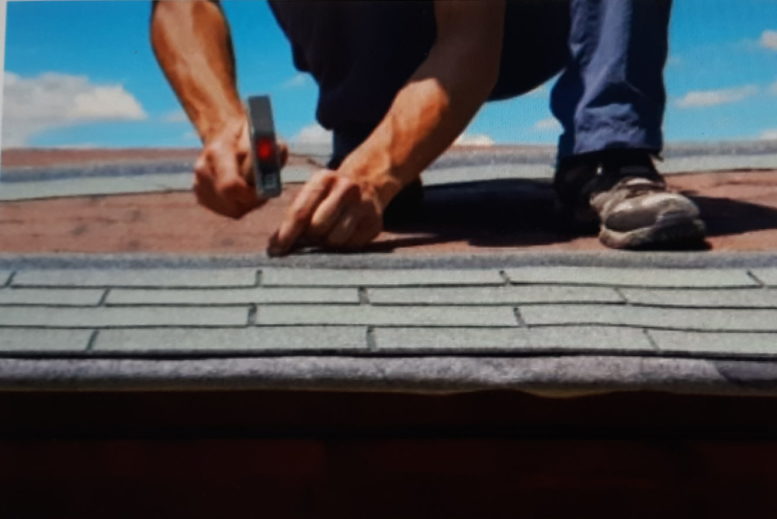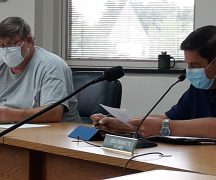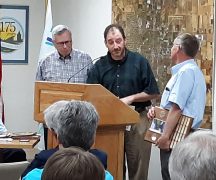By JAN LARSON McLAUGHLIN
BG Independent News
Bowling Green officials plan to help homeowners replace roofs and windows, and repair heating and plumbing using COVID relief funds.
Over the next three years, the city has set aside $100,000 annually to bolster the city’s efforts to maintain and improve housing in Bowling Green. The goal, Mayor Mike Aspacher said, is neighborhood revitalization.
The program to help homeowners was presented to City Council Monday evening by Community Development Administrator Martha Woelke and Housing Specialist Matt Snow.
The city already uses the biggest share of its Community Development Block Grant funding on housing programs for low- and moderate-income residents, manufactured home residents, and senior citizens, Woelke explained.
But the funding isn’t easy to get – and doesn’t cover all the needs. “There’s a long list of strings attached to it,” Woelke said.
Last year the city was able to help with:
- Four new roofs.
- Three window replacement projects.
- Two full gutter replacements.
- Two exterior door replacements.
- Five accessibility projects.
- Two electrical upgrades.
- 23 furnace, air conditioning or water heater replacements.
“We have more needs than funds,” Woelke said. “That’s where we look forward to using the ARPA funding.”
Snow keeps track of the residents who have requested help but not been assisted through the CDBG funding.
“There is a waiting list for some of our services, as well as a list of the residents who did not meet the CDBG income guidelines,” Woelke said.
Of those on the current waiting list, 54% want help with exterior projects, while 46% want heating, plumbing and electric work.
Woelke and Snow believe those on the waiting list can be helped with the first round of the American Rescue Plan Act funds.
For the first year, the funds will be limited to homeowners. Then the program will be evaluated and it will be determined if the program should be expanded to include small landlord projects.
In order to move away from the strict CDBG guidelines, a different set of income guidelines will be used, based on 300% of the federal poverty level. With the higher income limits, the program will be open to more homeowners. Higher limits will be set for household sizes of three to six members, so more working families can be served.
The plan is to set a $20,000 limit for houses, except for manufactured housing which will have a $10,000 limit. Those are also higher than CDBG limits, Woelke said.
“Our goal is to assist primarily with exterior improvements – roofs, windows, gutters,” she said. But requests for interior work involving safety and security will also be considered.
“I believe that maintaining both the outside and inside of homes serves to enhance our neighborhoods,” Woelke said.
Income will be self-certified by the homeowner through a notarized statement.
Snow has developed a pre-application process, so residents don’t need to know which program they will qualify for.
“We’ll assist them with the technical part of the qualification,” Woelke said. “We want the process to be seamless for our residents.”
The housing improvement program will begin May 2. Anyone interested may contact Snow at 419-354-6221 or msnow@bgohio.org.
“We are really looking forward to implementing this,” Woelke said.





